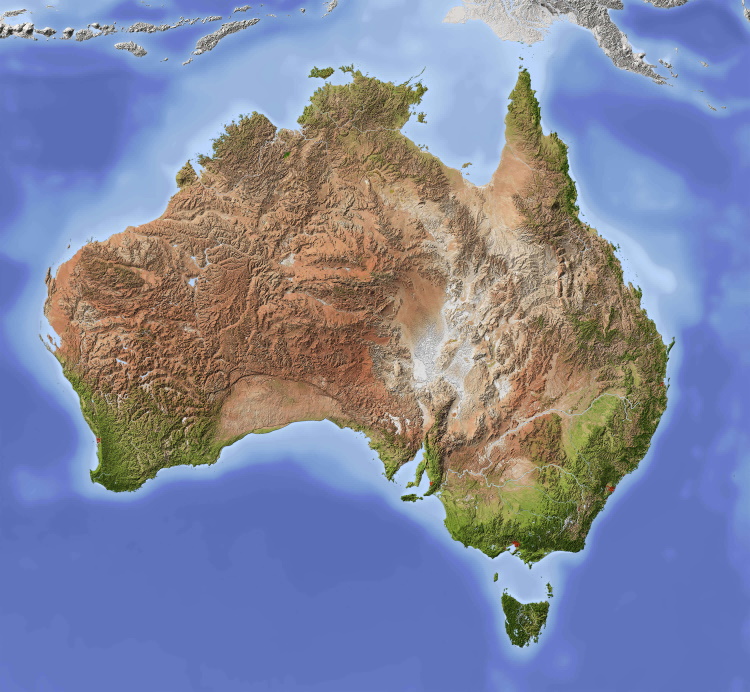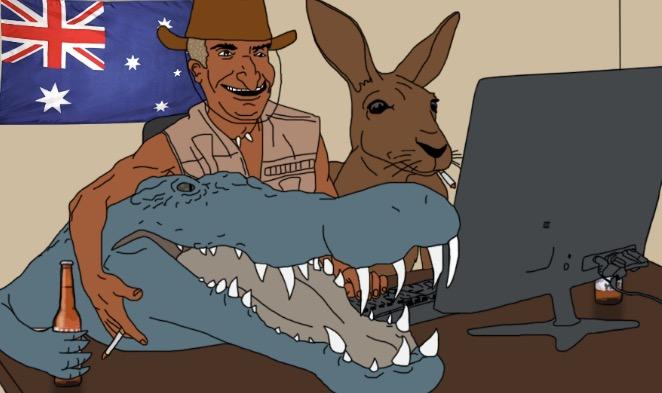Australia’s national children’s commissioner has seen “nothing” to address the gaps in community for young people that will be created by the teen social media ban, as well as an absence of support for vulnerable children.
Weeks after the social media minimum-age legislation passed parliament last year, commissioner Anne Hollonds aired her concerns that restricting under-16 teens from having accounts on social media could exacerbate existing inequalities experienced by young Australians.
“The new social media ban for kids must surely now be the trigger to mitigate the risks of further isolating children in vulnerable circumstances and to address the systemic failings leading to escalating mental health disorders,” she wrote in December.
A year later, with Hollonds set to finish her term and just six weeks to go until the ban’s December 10 introduction, the commissioner told Crikey she still hasn’t seen anything that would address these concerns.
“There are plans and frameworks and strategies in place, but, to my knowledge, there’s nothing particular that’s been brought in to address the gaps when the social media ban comes along.”
Hollonds said she’s worried the ban will adversely affect children who already struggle to find connection and belonging at school, citing LGBTQIA+ children, those with mental health problems, neurodiverse children, children with disabilities and complex needs, and children who live in regional and rural areas.
Earlier this week, Communications Minister Anika Wells met with mental health groups to coordinate their response to the impending ban. Some of those groups have also released online resources to help teens prepare. Minister Wells’ office did not respond to a request for comment by deadline.
Hollonds — who said she was “surprised” by the government’s commitment to the ban and wasn’t formally consulted about it — is not opposed to age-based restrictions for children and believes it will have some benefits.
She said she has long supported introducing safeguards to prevent young children from being exposed to online pornography and harmful content: “I accept there does need to be guardrails to better protect our children from harmful content,” she said.
Rather, her concerns stem from the focus placed on the ban and its purported benefits, and the lack of attention given to other aspects of children’s wellbeing.
“The ban has been presented as a solution to mental health problems and bullying. It’s seen as a fix, but it’s certainly not a fix,” she said.
“Now that we’ve decided to have the ban, to do it this way, I think we also need to have a good, hard look at the unmet needs of our most vulnerable citizens.”
Hollonds said there’s been a spike in interest in children’s welfare since a series of recent reports of systemic failures in Australian childcare centres, but governments have repeatedly failed to enact serious reforms.
She said various inquiries have made more than 3,000 recommendations over the past decade and a half, but many have been ignored. Her 2024 report, “‘Help Way Earlier! How Australia can transform child justice to improve safety and wellbeing“, drew from these to make the case for “transformational change” to improve children’s wellbeing by reforming how kids are treated in the criminal justice system.
Above all, Hollonds said that children’s welfare reform has stalled because the federal government doesn’t have someone directly responsible for it — Australia does not have a federal minister for children.
Until then, she explained she’d like to see governments get on with implementing “evidence-based recommendations” because there are a lot of issues that the ban won’t fix.
“The prime minister says, ‘No-one left behind.’ Well, these kids are being left behind,” Hollonds said.
Hollonds’ successor, Dr Deborah Tsorbaris, will begin in the role on November 17.
As if any of this is about protecting children. At best that will be a side effect of the ban. It’s mainly about linking an ID to as much online activity as possible.
Discussions with the office of my representative showed that they are treating all the issues that will arise from this as secondary. When I asked if tax payer money would be used to redress the absolutely inevitable data breaches when they happen I was told the eSafety Commissioner has the power to bring legal action against companies that don’t implement best practise with regards to data security.
I asked where best practise was codified in legal terms and was then told that the government has published guidelines that state data gathered should be limited in scope and secured in a safe manner. In other words we are putting the horse so far in front of the cart it’s as though the horse is still in the stable.
When I asked about penalties I was told that companies could be fined up to 850k per offense. However when I asked what was to stop a company that had just accidentally leaked say a million drivers licenses from simply closing shop and abandoning Australia to deal with the fallout rather than accept an multi trillion dollar fine I just got some limp hand-wavey statements about how companies would be compelled by the rules and regulations.
I’d say this is also like waiting to shut the gate until after the horses have bolted. None of it helps those compromised after the fact or contains the consequences.
Discord already got hacked and age verification IDs stolen.
Having worked with confidential data for a cohort that included people with Protection orders we had it drilled into us that any mistakes could (and had) cost the company hundreds of thousands of dollars to remediate and that was with super specific tailored contracts to cover every contingency that the company had encountered in the past. That was 20 years ago. I can’t imagine those costs have diminished since then… The companies willingness to do everything to stay out of court and out of the headlines may have though.
4chan is open for business. They excluded it , if you can believe it.
Because 4chan is a safe, well moderated bastion of community love and respect.
Hollonds said she’s worried the ban will adversely affect children who already struggle to find connection and belonging at school, citing LGBTQIA+ children, those with mental health problems, neurodiverse children, children with disabilities and complex needs, and children who live in regional and rural areas.
Is Hollonds aware that the internet existed before social media become a blight on society and that many people from those groups were among the first on it?
I don’t currently live in Australia so I may be ill informed, but the arguments sound made-up to me.
Hollonds said she’s worried the ban will adversely affect children who already struggle to find connection and belonging at school, citing LGBTQIA+ children, those with mental health problems, neurodiverse children, children with disabilities and complex needs, and children who live in regional and rural areas.
Doesn’t that sound exactly like the “can somebody please think about the children” argument? I mean, how will social media help those with mental health problems? There’s a ton of studies that social media only makes it worse, and by far.
Or in other words, don’t have hopes that some magical “social media” is gonna help the children. Do it, yourself. Support minorities around you. Be more welcoming of other genders/preferences. Talk to other people. That kind of stuff…
It’s true that some gaps will need to be filled though, with kids around you getting less zombified by social media and instead asking you questions maybe, or playing games, or making friends IRL.Doesn’t that sound exactly like the “can somebody please think about the children” argument?
It is that, but the ban in question is being justified by that same poor argument so it might as well be fired right back again.
Yeah, I didn’t think about it, but your comment makes sense to me. I don’t know what’s best really.
Like in a discussion here on Lemmy that was just a little while ago, I think phone usage during school hours would be a far healthier and effective alternative. I’ve seen how it works in practice in 2 different countries, one with mobile phones allowed and one disallowed. And the complete ban on phone usage during school hours really goes easy and works well (as I see implemented in Dutch schools at least - you just hand over your device in the morning until end of school).
Over the last few years I think all our states have now banned phones from being visible in school, so there’s efforts towards reducing usage at least within school. That’s a relatively recent move though and does only cut down on usage during part of the day so I don’t know if there’s been a noticeable effect on the kids.
You can also go back to having a family computer in a common room, install parental controls, give kids a dumb phone if they absolutely need one, and teach them to use phone boxes in an emergency.
But this is too good a chance to suck up more sensitive data and engage in more surveillance.
I think both 0 screen time and infinite screen time are bad extremes for kids. Infinite probably doesn’t need explaining, zero is also not very effective because you’re likely gonna alienate the kid and they’ll be playing at friend’s houses anyway.
Personally I think the best approach is to try be a guide for your kid, not a policeman. Soon enough they’ll be on their own anyway, and the reasons will stick better than the rules.
Agreed. It wouldn’t be 0 screen time, it would involve moderated screen time and yes guiding and teaching the kid.
They’re still going to get into things they shouldn’t but this way would handle it better than these sweeping changes (which they’ll get around as well or go to more dangerous sites).
Unfortunately outside interests are involved so I think this isn’t completely about protecting the children :/





